An Evaporative cooling is a phenomenon in which evaporation of a fluid is circulated into surrounding air. This evaporation of the liquid is occurred by retaining latent heat from the air. To discover the estimation of water evaporated into the air, the Dry Bulb and Wet Bulb temperature are expected to quantify for deciding the extent for evaporative cooling.
Evaporative cooling utilizes less power almost one-seventh of the customary utilization strategy, it is essential that our environment would add to the greenhouse gas emission and control.
Evaporative cooler unit includes a cubical box of sheet metal containing huge vertical channel pads, an electric-engine driven fan, a water distribution framework, a water pump which is at the base. Coconut coir, Stainless steel, Wood Wool utilized as Pad materials.
The performance analysis of evaporative cooler was assessed dependent on the terms of cooling effectiveness, water utilization rate, and air velocity.
Here are three basic pad materials and their prominent attributes:
Wood-The most widely recognized wood fiber pad is produced using shaved aspen trees. Some bog cooler proprietors say they like cushions built with aspen strands since it strikes the best air and water balance. It enables more air to travel through increasingly a somewhat immersed cushion, which produces cooler air inside the house. The wood absorbs just one part of the water, which doesn’t deliver over-saturation that can prompt the water being held in the pad and warming up. They are less expensive, require high support and have a shorter life.
Cellulose-These pads are made with a cellulose paper molded with a honeycomb construction. It holds more water because of the thick material. This might be perfect in dry conditions where the water could evaporate all the more rapidly or in a circumstance where your cooler has a solid fan that produces more prominent air speed through the pad bringing about lower temperatures. Cellulose pads are more costly than wood.
Plastic-Plastic-based pads are not effective when compared to other pad types. They are not absorbent in nature; plastic in general repulse water instead of absorbing it! They are likewise thin and cost-effective. The plastic pads can be used for a shorter term.
Role of Cooling Pads in an Evaporative Cooler
- The cooling pads are the main component of an evaporative cooler because the cooling pads are in charge of the cooling effect.
- The cooling pads in an evaporative cooler enable water to go through them.
- The water circulates through the pad will carried out with the help of pump.
- At the point when the water goes through the pad, a fan blows over it, discharging the water infused air into the air.
- The tiny water droplets which are evaporated from the air will cool the environment.
Since the majority of the work is done by the cooling pads, the electrical consumption of an evaporative cooler is low.

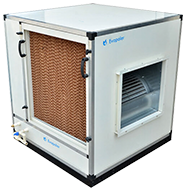

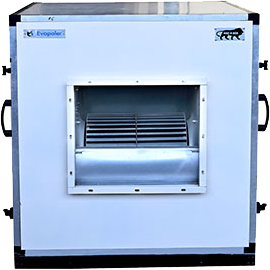
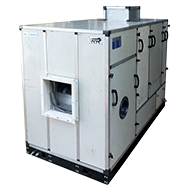
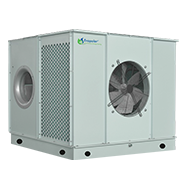
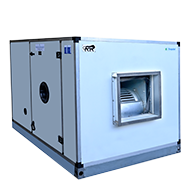
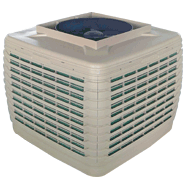



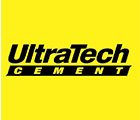

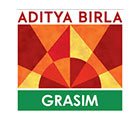

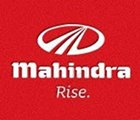



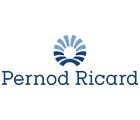









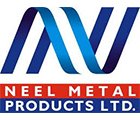
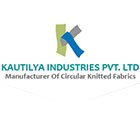
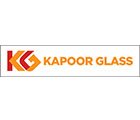


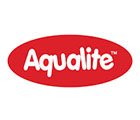





 Download Brochure
Download Brochure  Customer Care
Customer Care